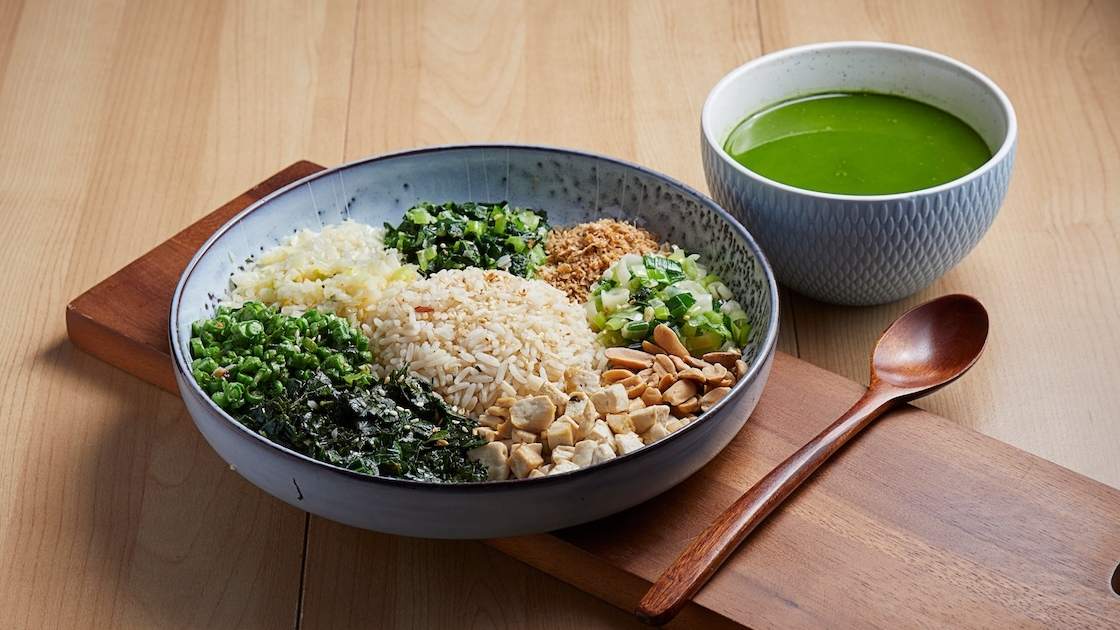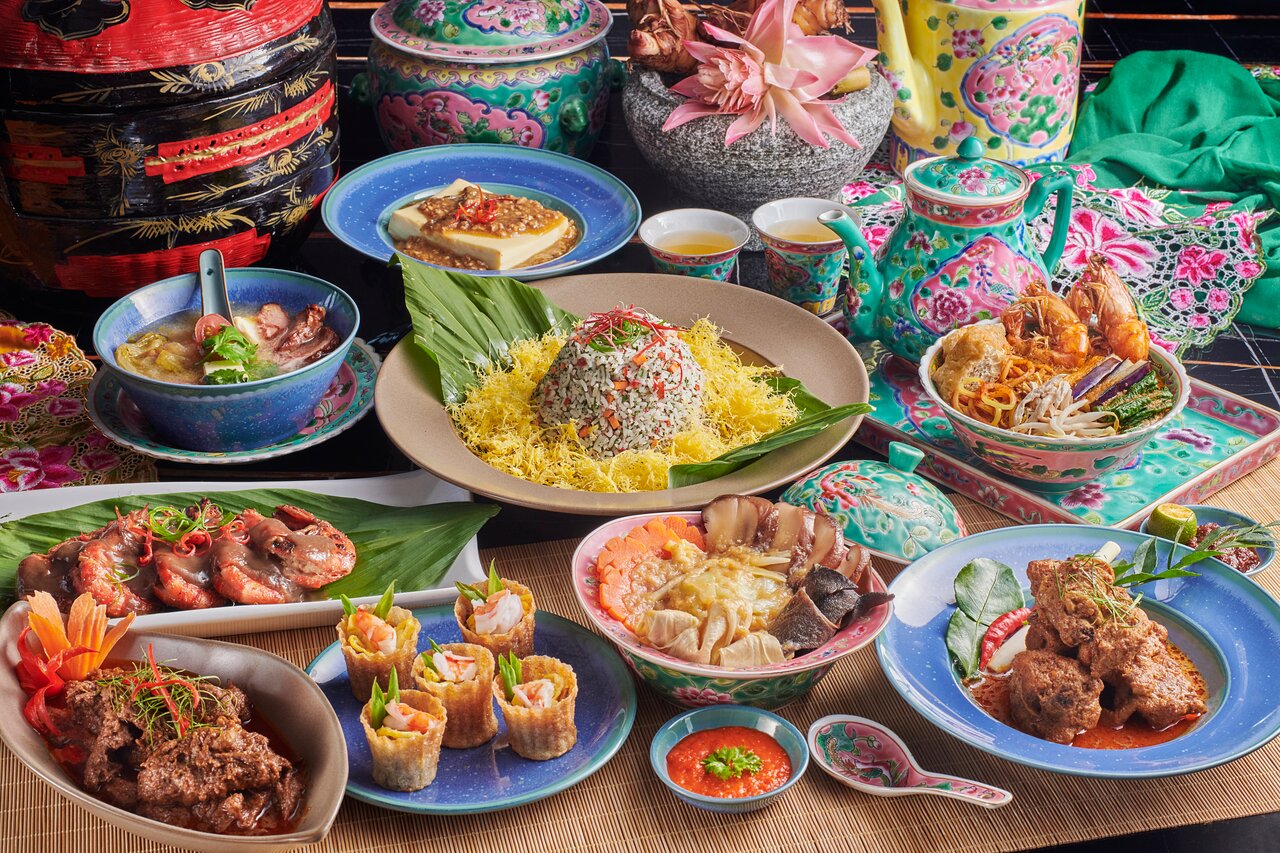Young China Plates is a monthly series in which we digest food and drink trends making the mouths of Chinese youth water. This month, we explore pao cai, aka Chinese pickles, which youth in China’s Sichuan province are gaining a new appreciation for. Drop us a line if you have suggestions for a future article.
Think you know all there is to know about home pickling after reading Sandor Katz’s 2012 book The Art of Fermentation? Think again. Fermented vegetables, known as pao cai (泡菜) in Mandarin, have been consumed in China for thousands of years, particularly in Sichuan province in the nation’s Southwest.
Synonymous with damp and overcast weather, Sichuan is famed for its agriculture and robust livestock, fishing, and farming industries. No wonder it’s known as the ‘land of plenty,’ as described in renowned food writer Fuchsia Dunlop’s writings. And with no shortage of edibles, surplus vegetables are preserved to prevent food waste.

An assortment of crockery suited for making and storing pickles
Sichuanese locals rely upon ceramic crocks or earthenware pots or jars to make piquant pao cai, which brings a bright and refreshing balance to the region’s fiery cuisine. These low-profile yet ubiquitous receptacles are often sold in hole-in-the-wall stores and street stalls scattered across the province.
Fermentation DNA
Literally meaning ‘soaked vegetables’ in Mandarin, pao cai involves brining your vegetables of choice for as little as a few hours or as long as several months. A shorter period gives you xi zao pao cai (洗澡泡菜), an expression that conjures the image of vegetables taking a quick shower in salty liquid. The resulting pickles have a fresh flavor and crisp texture.
While the bread-and-butter pickles of North America are marinated in vinegar and sealed in high heat, pao cai is naturally lacto-fermented while immersed in a brine of spices and saltwater. And despite being compared to or confused for kimchi, which is slathered with different ingredients and left to ferment in its natural juices, pao cai is its own unique foodstuff. (Fun fact: Pao cai roughly falls into 11 main categories in China.)

A medley of Sichuanese pickles at a market
Like their forebears, Sichuanese youth are still partial toward pao cai. Fascinated by fermentation, some continue to use old-fashioned methods, whereas others are breathing new life into pao cai by creating fusion dishes.
Lajiao is a local housewife in her 30s who chooses to be identified by her Chinese nickname, which means ‘chili pepper.’ She says, “I’ve eaten pickles in sandwiches in the US, but the spices were too strong. They masked the original flavor of the vegetables.”
Therefore, she insists on making her own pao cai at home using a pickle crock that has become something of a family heirloom. It holds a special place in the hearts of the women in her family and has passed hands from her grandmother to her mother and now her.
“Your family’s pao cai is a major source of pride,” says Lajiao, sharing that all Sichuanese families harbor their own secret recipes. Furthermore, it isn’t unusual for families to pass down their aged pickling liquids.
“The art of pao cai is part of our genes,” she says. “Sichuanese locals each have our own opinions on who makes the best pao cai, but we respect one another.”

A stir-fry of of diced rabbit with pickled greens and red chilies
Although pao cai can be spicy and numbing, a general rule of thumb dictates that it retains the original flavors of the vegetables. The pickled veggies make perfect side dishes and appetizers and are sometimes used to spice other foods. For example, Lajiao adds pao cai to stir-fried minced pork as well as suan cai yu (酸菜魚), a famous Sichuanese dish starring poached fish, pickled cabbage, and chilies.
Lajiao acknowledges that the slow process of making pao cai might put some young people off making it themselves.
Case in point: Venny Zhou is one such youngster who doesn’t know how to make pao cai at home. Still, she never consumes her daily meals without fermented vegetables. Luckily, her grandmother drops by regularly to top up her supply.
“Pao cai is such an inseparable part of my youth in Chengdu. It is part of the Sichuanese DNA,” she says. “Actually, it also reflects the laid-back vibes that define the Chengdu lifestyle.”

A bowl of Sichuanese noodles accented with pickled long beans
Indeed, a familiar scene throughout Sichuan is that of people tucking into bubbling cauldrons of fiery hot pot for hours on end and hanging out at teahouses. Zhou draws a parallel between the slow process of pickling and the relaxed (borderline lazy) and welcoming attitude of the locals.
“Basically, any type of vegetable can go into the crock and become a pickle. It’s kind of like how Chengdu people are very welcoming of diversity,” she says. (For those who aren’t aware, Chengdu is unofficially known as the LGBTQ capital of China. It’s where the first openly declared — albeit symbolic — same-sex marriage in the country took place in 2010.)
Pao Cai 2.0
Outside of the home, pao cai has found its way into restaurants and is even being embraced by non-Sichuanese eateries. One such example is Pineapple Kitchen Studio, a small private dining studio that serves modern bistro food with a Sichuanese twist.
“As a Sichuanese person, I try to include my own culture in the cuisine I make. It is distinctly my own.”
— Jiang Weibo
Jiang Weibo is a Millennial chef who honed his culinary chops at the Culinary Institute of America after emulating TV chefs such as Gordon Ramsay. Proud of his identity and origins, he returned to his hometown of Chengdu and has strived to inject local flavors into his French-inspired plates ever since.
He believes that many so-called Western restaurants in China serve mediocre food at exorbitant prices.
“Many places claim to run bistros, but bistro fare shouldn’t be fancy and excessive. Rather, it should be comfort food served in a relaxed atmosphere,” Jiang explains.

Jiang Weibo showing off his knife skills. Image courtesy of Pineapple Kitchen Studio
Jiang spends most of his free time developing Pineapple Kitchen Studio’s ever-evolving menu. Unlike some restaurants that boast imported materials, he proudly relies on local ingredients.
“Foreign elements aren’t inherently better,” he says. “It’s much more important to know how to utilize your ingredients properly. Terroir is important as well. It’s not just about trying to add as many imported ingredients as you can to show how ‘classy’ your dish is.”
The young chef pulls off his fusion cuisine by deftly incorporating Sichuanese pao cai into French bistro fare. For example, he adds diced fermented long beans to beef tartare and seasons beer-braised beef with pao cai and the iconic Pixian broad bean paste.

Pineapple Kitchen Studio’s signature dish is the beef tartare with Sichuanese pao cai. Image courtesy of Pineapple Kitchen Studio
“Actually, Sichuanese food is already a fusion cuisine of sorts, since a large influx of migrants brought their own cooking techniques and flavors from various provinces when Japan invaded China during the Second World War,” says Jiang, who is entertaining the idea of eventually switching his restaurant concept to modern Sichuanese cuisine.
When asked what’s the best way to introduce someone to Sichuanese pickles for the first time, Jiang answers, “Easy! Just mix it with some chili oil and throw it on a hamburger. I can guarantee you it’ll be delicious!”
All photos courtesy of Billy Chen unless otherwise stated. Cover image designed by Haedi Yue














